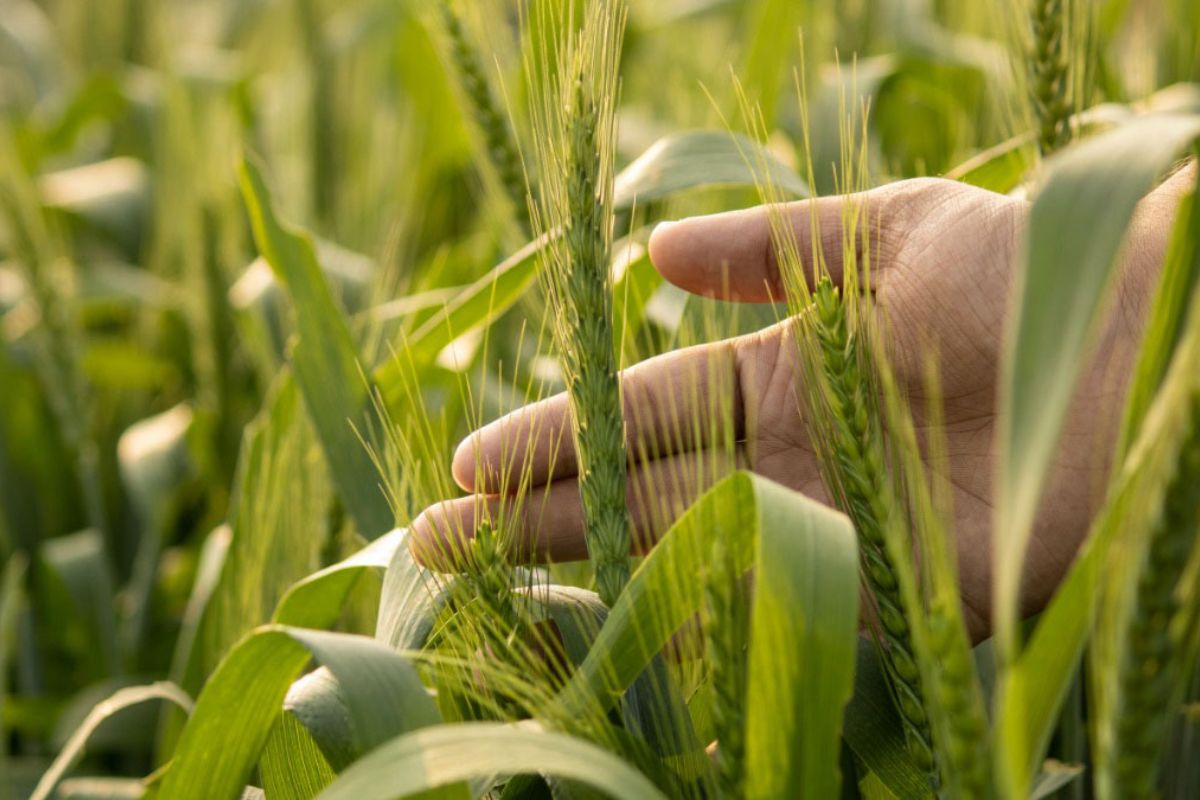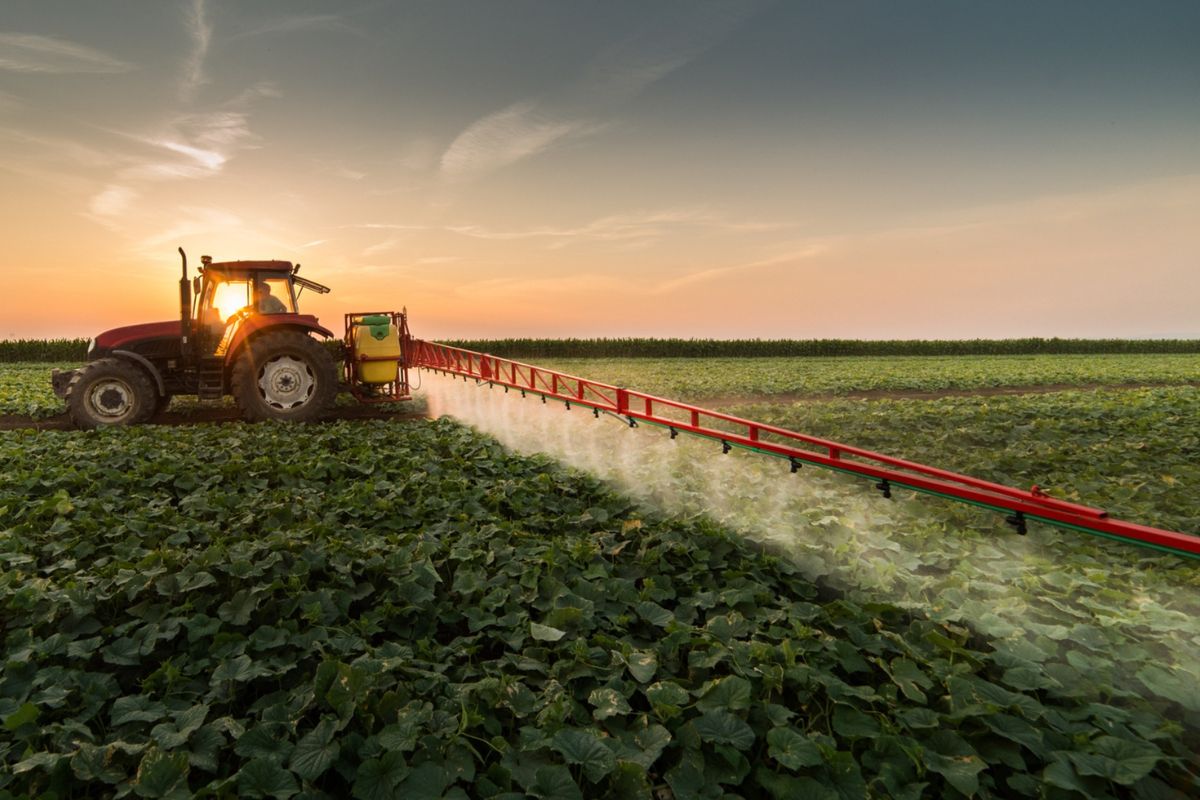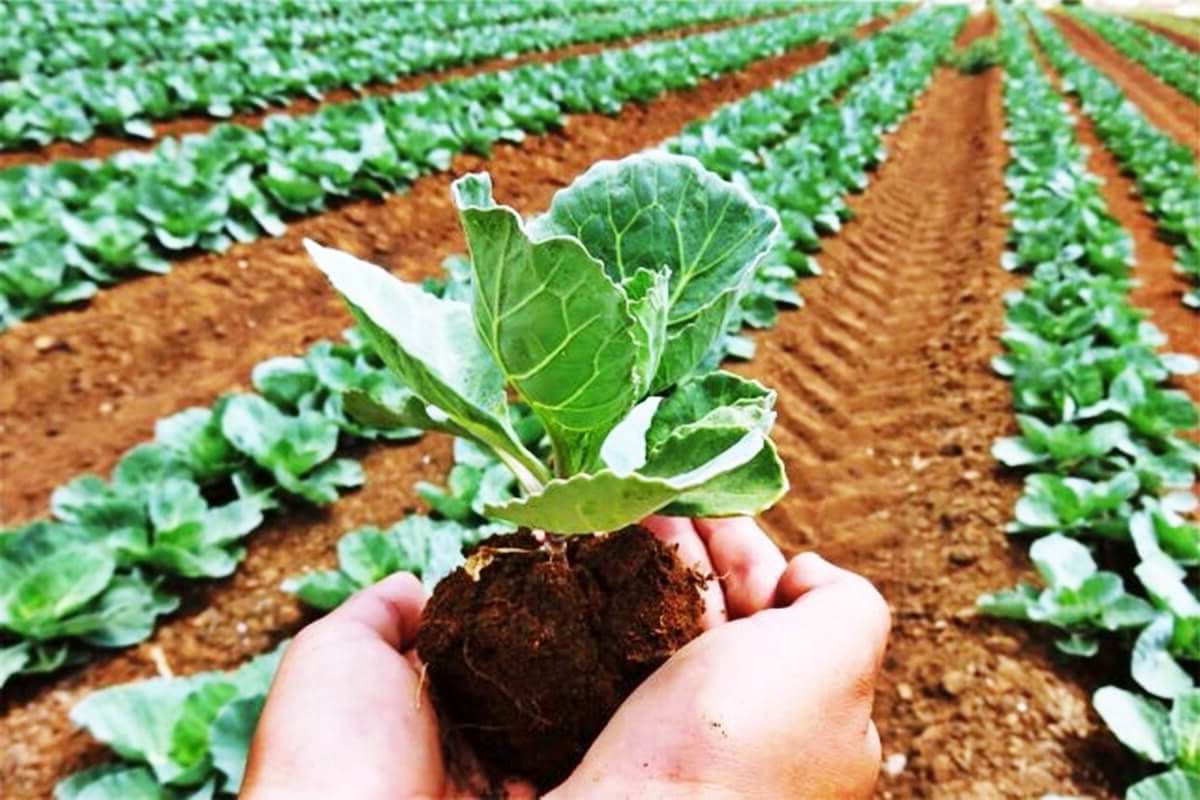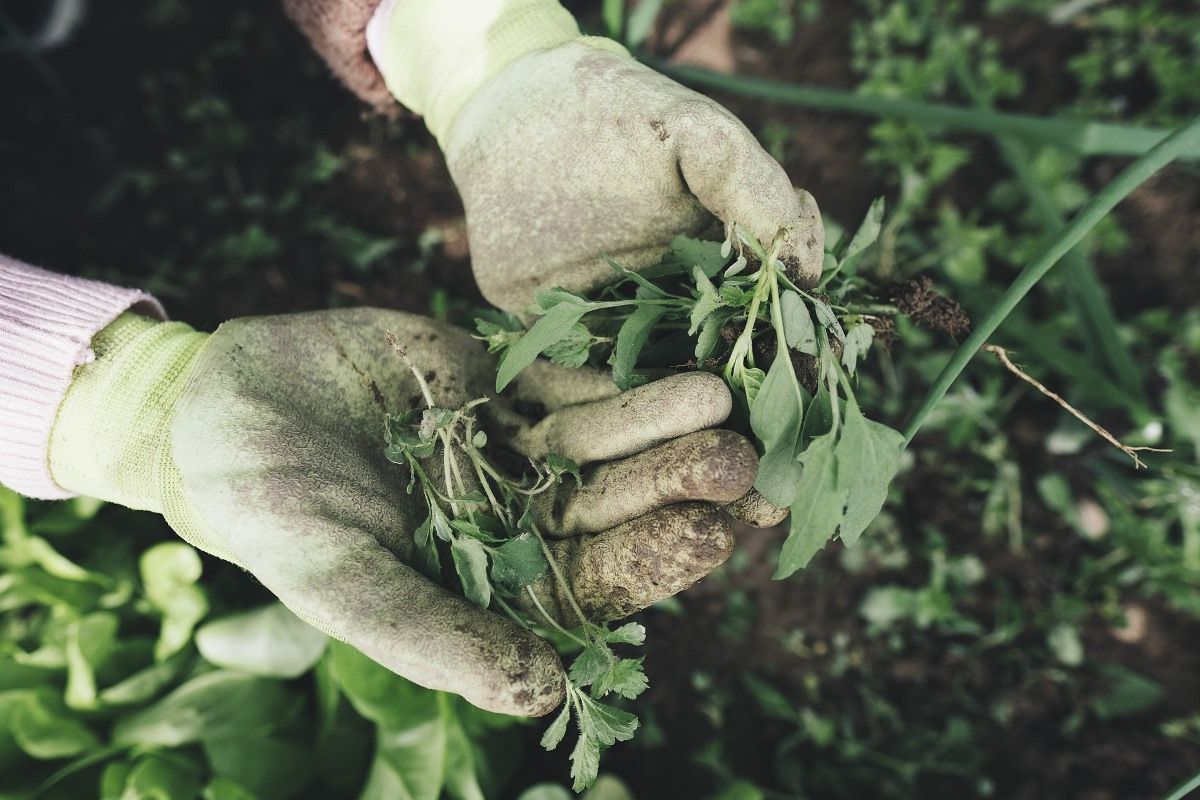Invasive Weeds Devastate: Invasive weeds have become a growing menace, wreaking havoc on US crops and posing significant challenges to traditional farming practices. This escalating threat has left farmers grappling with the dilemma of how to protect their crops and maintain their livelihoods.
The economic impact of these invasive weeds cannot be understated, as they can cause substantial yield losses, leading to financial strain for farmers and potential food shortages for consumers.
Moreover, the chemical industry, which has long relied on herbicides to combat weeds, is facing its own set of challenges with the emergence of resistant weed species. This has sparked a debate between industry experts advocating for chemical solutions and environmental advocates championing natural alternatives.
As the battle against invasive weeds intensifies, the industry’s response and the future outlook remain uncertain, leaving us to wonder what measures will be taken to safeguard our crops and sustain our agricultural systems.
Key Takeaways
- Resistant weeds pose a significant threat to US crops, particularly in the northern plains and Midwest regions.
- The spread of resistant weeds has resulted in decreased crop yields, increased production costs, reduced profitability, and market instability.
- Major chemical companies are struggling to develop effective herbicide solutions to combat resistant weeds.
- There is a need for the agricultural industry to actively respond to the challenges posed by invasive weeds and invest in continuous innovation to address evolving pest challenges.
Rising Threat of Resistant Weeds
The relentless march of resistant weeds poses a growing menace to the agricultural industry. These formidable adversaries outpace the development of effective herbicide solutions by leading chemical companies. The spread of crop-killing weeds, particularly kochia, in the U.S. northern plains and Midwest has become a significant challenge. These weeds are evolving resistance to herbicides at a pace that surpasses the introduction of new solutions by major players like Bayer and Corteva.
This rising threat of resistant weeds has put farmers in a tough spot. They struggle to find effective ways to combat these invasive plants. The consequences are devastating, with crops being choked and yields plummeting. It’s a race against time for the agricultural industry to find innovative strategies to combat these resilient weeds before irreparable damage is done.
Also Read: AppHarvest bankruptcy: The Future of Indoor Farming Ventures Uncertain
Farmers’ Dilemma and Economic Impact
Farmers in the U.S. northern plains and Midwest are facing an ongoing dilemma and significant economic impact due to the devastating spread of resistant weeds. The escalating problem of resistant weeds compounds existing challenges posed by inflation and extreme weather events linked to climate change. This jeopardizes grain and oilseed harvests, threatening the livelihoods of farmers in states such as North Dakota, Iowa, Wisconsin, and Minnesota. The economic repercussions are far-reaching, with crops like corn, soy, and sugar beets being particularly affected. To illustrate the gravity of the situation, let’s take a look at the table below:
| Economic Impact | Farmers’ Dilemma |
|---|---|
| Decreased crop yields | Limited options for control |
| Increased production costs | Risk of financial ruin |
| Reduced profitability | Uncertainty for future |
| Market instability | Pressure to find solutions |
The table highlights the challenges farmers face, including limited control options, financial risk, uncertainty, and the pressure to find solutions in order to mitigate the economic impact of resistant weeds.
Chemical Industry Challenges
Chemical companies in the agricultural sector are grappling with significant challenges as they face the task of combating the spread of resistant weeds. These challenges pose a threat not only to the profitability of these companies but also to the sustainability of farming practices as a whole.
The current situation has prompted several chemical companies to reevaluate their research and development strategies. Here are the key challenges they are facing:
- Reduced spending on research and development: Over the past two decades, chemical companies have cut back on R&D, resulting in fewer herbicide products being introduced. This has limited the options available to farmers in their fight against resistant weeds.
- Glyphosate resistance: Glyphosate, a widely used herbicide, is facing reduced effectiveness against 361 weed species globally. This poses a significant threat to diverse crops and requires innovative solutions.
- Regulatory obstacles: Extended development and regulatory processes, along with unchanged approval standards since 1996, have made it difficult for companies to address weed resistance. Stricter regulations have further hindered the creation of new active ingredients.
The chemical industry must confront these challenges head-on to develop effective strategies that combat resistant weeds and safeguard crop production.
Environmental Advocacy for Natural Solutions
Are there better alternatives to chemical interventions in combating resistant weeds and safeguarding crop production?
Environmental advocacy groups argue that natural solutions can offer a more sustainable and environmentally friendly approach. As the threat of resistant weeds like kochia grows, farmers are forced to reconsider their reliance on chemical herbicides and explore alternative methods.
These natural solutions include manual weed removal and the use of expensive harvesting equipment, which may initially seem less convenient and cost-effective. However, environmental advocates argue that the long-term benefits outweigh the short-term challenges.
Industry Response and Future Outlook
The agricultural industry is actively responding to the challenges posed by invasive weeds and looking towards the future with a commitment to innovation and ensuring food security.
Chemical producers are recognizing the urgency of the situation and are grappling with the complexities of regulatory processes. They understand that continuous innovation is necessary to address evolving pest challenges.
FMC, for example, plans to launch a new herbicide by 2026 that targets grassy weeds in rice crops, marking the industry’s first new mode of action in three decades. Additionally, Bayer has plans for its first new mode of action herbicide by 2028.
These initiatives underscore the industry’s dedication to finding effective solutions to combat invasive weeds and safeguard our crops. With these efforts, the future of farming looks promising, with the potential for improved pest management and increased food production.
Conclusion Of Invasive Weeds Devastate
Invasive weeds pose a significant threat to US crops, causing devastation and challenging traditional farming practices. The rise of resistant weeds has left farmers in a dilemma, with substantial economic impacts.
The chemical industry is struggling to find effective solutions, while environmental advocates push for natural alternatives. The industry response and future outlook remain uncertain.
It is imperative for all stakeholders to come together and find sustainable solutions to combat these invasive weeds and ensure the future of our agricultural industry.
Our Reader’s Queries
Q1 What is one of the most destructive invasive plants in the United States?
A English ivy’s proliferation traces back to the 1700s when European colonists introduced it to America. Chosen for its ease of cultivation and ability to create a lush ground cover, English ivy, however, is regarded as one of the least desirable plants for landscaping.
Q2 What percentage of crop losses are caused by weeds?
A Weeds possess the capacity to cause a 33 percent reduction in crop yield, with weeding expenses accounting for approximately 16 percent of cultivation costs.
Q3 How much damage do invasive species cause in the US?
A The estimated annual cost in the United States resulting from invasive species is $120 billion, impacting over 100 million acres, equivalent to the size of California.




